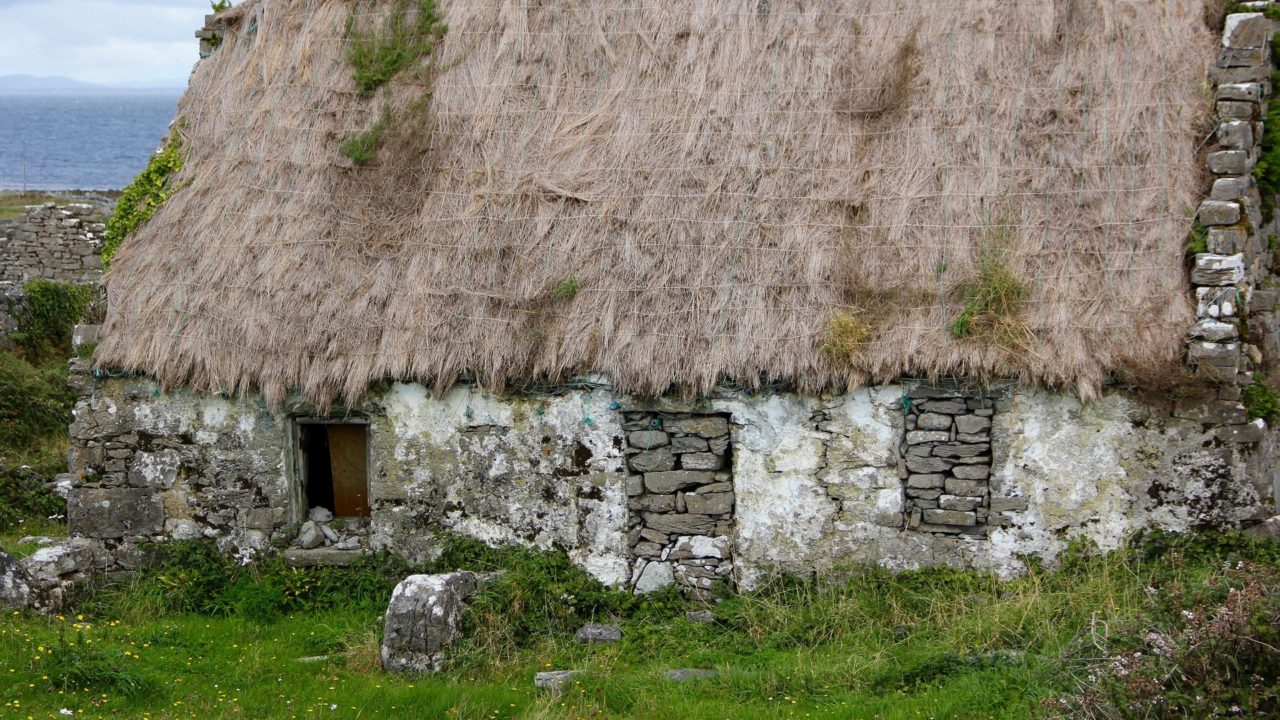A memorandum of understanding (MoU) to protect vernacular heritage such as old farm buildings across the entire island of Ireland has been signed by Minister of State, Malcolm Noonan and Minister for Communities for Northern Ireland, Deirdre Hargey.
The signed north-south agreement on the protection of vernacular heritage requires an all-island commitment and aims to enhance understanding and protection of the cultural asset through the use of "gentle rehabilitation".
Gentle rehabilitation is rooted in traditional skills and local materials to preserve regional character and a strong sense of place in the landscape.
Vernacular buildings carry traditions passed on through communities which are a significant part of Ireland's cultural heritage which is deeply connected to its local environment.
Old farm buildings and outhouses
Most of Ireland's built vernacular heritage, both built heritage and landscapes, is found in rural areas such as farm yards, dwellings and outhouses.
Over the past 30 years, Ireland's heritage of rural buildings - which make rural areas unique - has been disappearing nationwide, according to Hargey.
Signing the agreement, Minister Noonan said rural houses, farm buildings and farmyard features are cultural legacy that connect us to the past, but are also a significant part of a sustainable rural future.
Committing to the agreement, Minister Hargey highlighted the climate change mitigation aspect of reusing these buildings.
Vernacular heritage strategy
The agreement follows the launch of a new strategy - 'A Living Tradition: A Strategy to Enhance the Understanding, Minding and Handing on of Our Built Vernacular Heritage’.
The three-year strategy was set out with the following aims:
- Enhance understanding and appreciation of vernacular heritage;
- Create measures to develop greater capacity around the preservation of vernacular buildings and traditional craftsmanship;
- Create measures to rehabilitate vernacular buildings and structures that have fallen into disrepair;
- Hand vernacular heritage on to future generations.
"It’s important moving forward that we realise the value of these buildings and share best practice in how to care for this key part of our heritage,” Hargey concluded.

